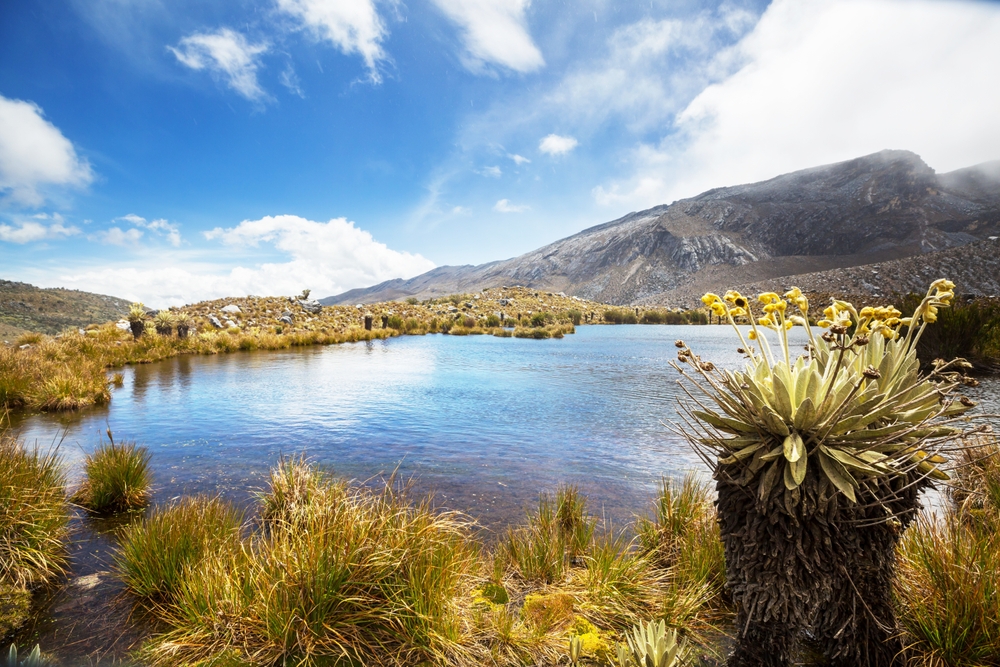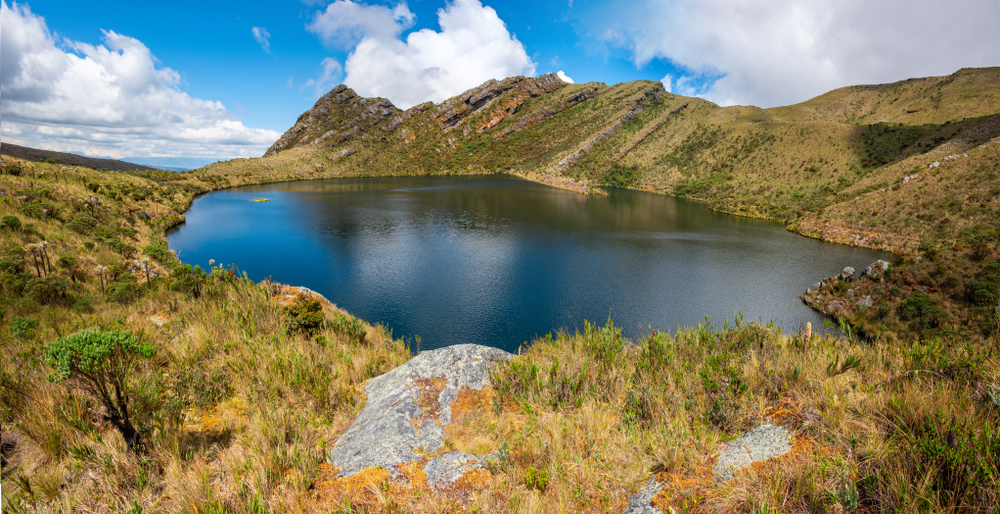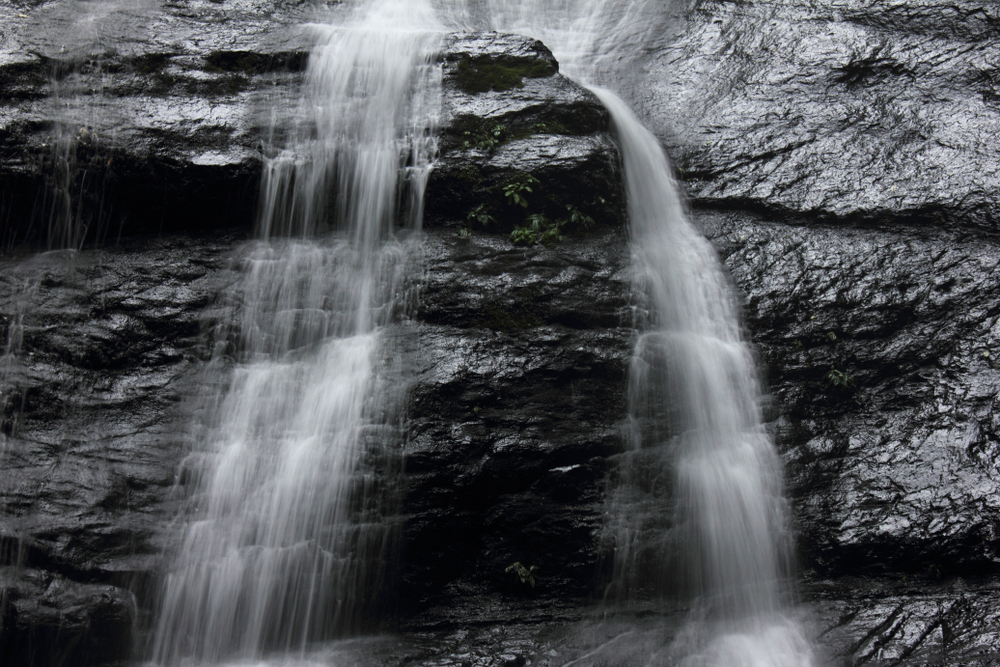El Cocuy Overview
El Cocuy National Park, known as Parque Nacional Natural El Cocuy in Spanish, is a breathtaking protected area in Colombia, spanning approximately 1,160 square miles (3,027 square kilometers).
Situated in the eastern Andes in the departments of Boyacá, Arauca, and Casanare, the park is home to the largest glacier mass in the country. It features a rugged terrain dominated by towering peaks, deep valleys, and high-altitude plateaus.
The most striking features of the park include the snow-capped Ritacuba Blanco, which reaches 17,749 feet (5,410 meters), and the Laguna Grande de la Sierra, a pristine glacial lake that reflects the surrounding Andean peaks. The landscape transitions from lush cloud forests at lower elevations to the stark, wind-swept páramo ecosystem, which is characterized by the iconic frailejón plants that help regulate the region’s water cycle.
Wildlife in El Cocuy National Park thrives in its diverse ecosystems, ranging from montane forests to glacial environments. Mammals such as the Andean bear, also known as the spectacled bear, roam the park’s rugged slopes, while white-tailed deer, pumas, and tapirs inhabit the lower regions.
The park is a birdwatcher’s paradise, hosting species such as the Andean condor, a symbol of the Andes, along with colorful hummingbirds and tanagers that flit through the high-altitude vegetation. The páramo provides habitat for amphibians, including several endemic frog species that depend on the park’s wetlands and streams. Due to its diverse habitats and remote nature, the park remains an important refuge for Colombia’s wildlife.
One of the most popular attractions within El Cocuy National Park is its extensive network of hiking trails that lead to breathtaking viewpoints, glacial lakes, and high-altitude plateaus. The trek to the Laguna Grande de la Sierra offers visitors an unforgettable view of the surrounding snow-capped mountains.
Climbers and adventure seekers are drawn to the challenging ascents of Ritacuba Blanco and other towering peaks in the park. The park also offers cultural experiences, as it is home to indigenous U’wa communities, whose deep spiritual connection to the land adds to the richness of the region. Visitors can learn about their traditions and respect the sacred sites within the park, which the indigenous groups have fought to protect.
El Cocuy National Park faces significant conservation challenges, particularly due to climate change, which has accelerated the retreat of its glaciers. Human activities, including unregulated tourism, livestock grazing, and deforestation in surrounding areas, pose additional threats to the fragile ecosystem.
Efforts to manage visitor impact have led to restrictions on certain trails and improved conservation practices, such as designated camping zones and environmental education programs. Conservation successes include ongoing research on glacier monitoring and habitat restoration initiatives to protect the páramo ecosystem.
The park’s management, in collaboration with local communities and conservation organizations, continues to balance ecological preservation with sustainable tourism.















































































